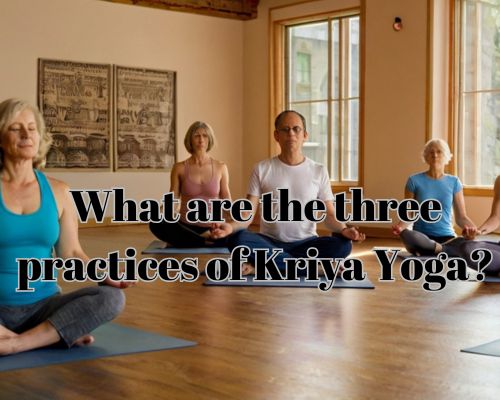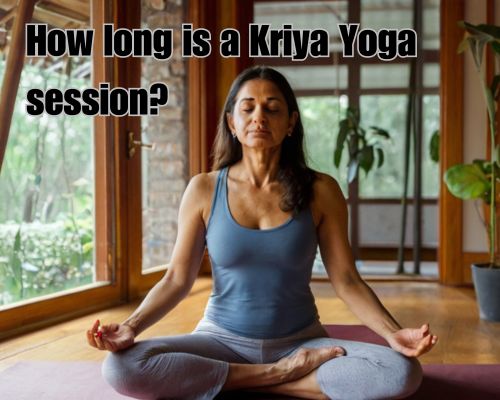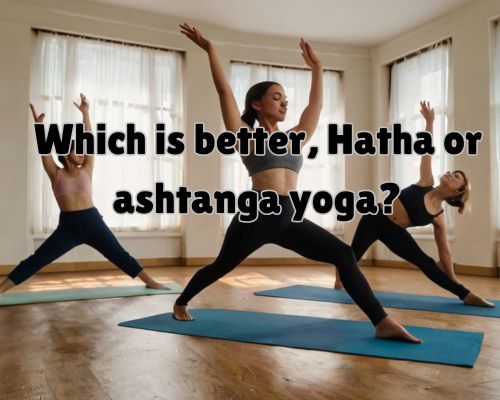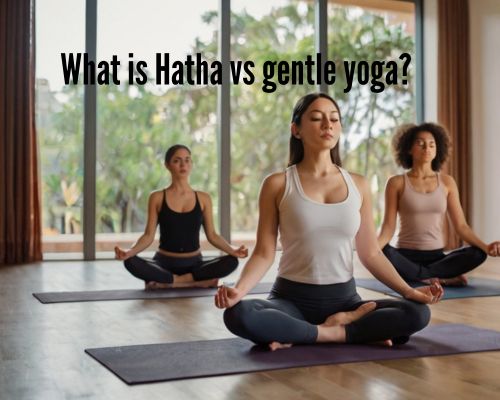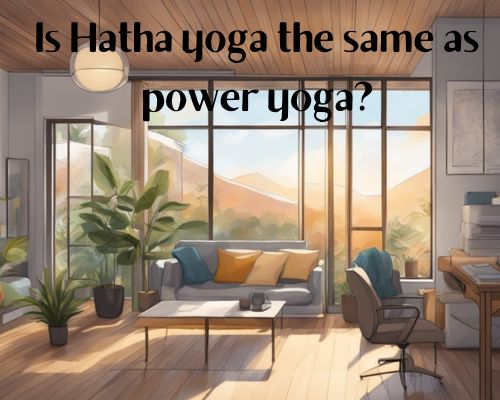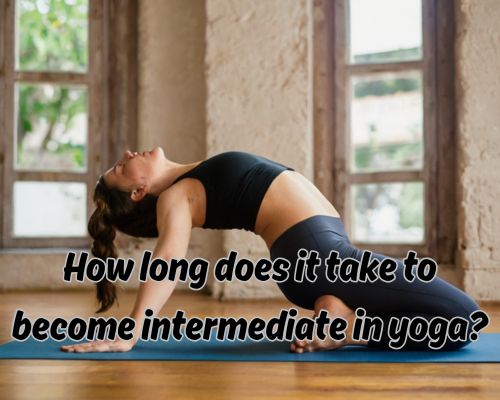What is the Goal of Kriya Yoga? Exploring Its Spiritual and Practical Benefits in Mornington, Australia
Kriya Yoga, a profound spiritual practice with roots in ancient India, has captivated the interest of spiritual seekers worldwide. For residents of Mornington, Australia, this sacred discipline is not just a path to inner peace but also a means to connect with the divine essence within. This article explores the goal of Kriya Yoga, its transformative impact, and why Mornington provides an ideal setting for embracing this enriching practice.
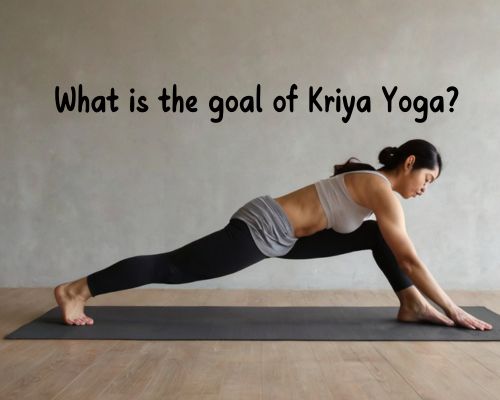
Understanding Kriya Yoga: A Path to Inner Transformation
Kriya Yoga, often described as the “yoga of action,” is a meditative practice that integrates breath control, mantra chanting, and self-discipline. Its core philosophy is grounded in achieving spiritual growth by harmonizing body, mind, and soul. Unlike conventional yoga practices that focus primarily on physical postures, Kriya Yoga emphasizes mental clarity and spiritual enlightenment.
The ultimate goal of Kriya Yoga is self-realization, a state where one transcends the limitations of the ego and experiences unity with the universal consciousness. This profound awakening allows practitioners like in https://bikramyogamornington.com.au/ to overcome negative emotions, detach from material distractions, and cultivate inner bliss.
The Goals of Kriya Yoga in Detail
- Achieving Spiritual Enlightenment
At the heart of Kriya Yoga is the pursuit of enlightenment. Through regular practice, individuals can connect with their higher selves, leading to a sense of divine oneness. This transformative journey encourages personal growth and fosters a deeper understanding of life’s purpose. - Balancing the Mind and Body
Kriya Yoga incorporates controlled breathing techniques, known as Pranayama, to help practitioners regulate their life force energy (Prana). This balance promotes mental clarity, reduces stress, and enhances overall well-being. - Detoxifying the Subtle Energy Channels
By practicing specific techniques, Kriya Yoga helps cleanse the Nadis (energy channels), facilitating an unobstructed flow of energy. This purification process removes emotional blockages, making space for spiritual growth. - Cultivating Inner Peace and Joy
In the bustling lifestyle of Mornington, Kriya Yoga serves as a sanctuary for individuals seeking tranquility. By focusing on meditation and self-awareness, practitioners can discover lasting joy that transcends external circumstances, see https://bikramyogamornington.com.au/. - Attaining Liberation (Moksha)
The ultimate aspiration of Kriya Yoga is Moksha, or liberation from the cycle of birth and death. This goal represents the pinnacle of spiritual achievement, where the soul merges with the infinite.
Why Mornington, Australia, is Perfect for Practicing Kriya Yoga
Mornington, known for its serene beaches, lush gardens, and peaceful environment, offers an ideal backdrop for the practice of Kriya Yoga. The town’s natural beauty aligns perfectly with the principles of mindfulness and inner harmony that Kriya Yoga advocates.
- Peaceful Beaches for Meditation
Mornington’s beaches, such as Fishermans Beach and Mills Beach, provide tranquil settings for meditative practices. The soothing sound of waves and the fresh sea breeze enhance focus during deep meditation. - Thriving Yoga Community
The growing interest in holistic wellness in Mornington has led to the establishment of various yoga studios and wellness retreats. Many local centers offer specialized classes in Kriya Yoga, catering to both beginners and advanced practitioners. - Connection to Nature
Locations like Mornington Peninsula National Park inspire a deeper connection with nature, mirroring Kriya Yoga’s philosophy of unity with the universe. Outdoor meditation sessions here can deepen one’s spiritual experience.
Key Benefits of Kriya Yoga for Mornington Residents
- Enhanced Mental Clarity and Focus
The fast-paced life of modern Australia can often lead to mental fatigue. Kriya Yoga’s meditative practices empower individuals to clear their minds, improve concentration, and make mindful decisions. - Stress Reduction
Whether managing work responsibilities or balancing family life, many residents face stress daily. Kriya Yoga offers effective techniques to manage anxiety, fostering a calm and centered outlook. - Improved Physical Health
Although primarily a spiritual practice, Kriya Yoga also enhances physical health. Its breathing techniques improve oxygen flow, boost energy levels, and support cardiovascular health. - Stronger Community Connections
Engaging in group Kriya Yoga sessions fosters a sense of belonging. Many Mornington practitioners find these gatherings to be a source of encouragement and mutual growth.
LSI Keywords and Related Topics
To fully appreciate the essence of Kriya Yoga, it’s crucial to explore related concepts, such as:
- Self-realization and enlightenment
- Breath control and meditation techniques
- Holistic wellness practices in Mornington
- Pranayama and energy purification
- Yoga retreats and workshops in Australia
Practical Tips for Starting Kriya Yoga in Mornington
- Find a Reputable Teacher
Seek certified instructors in Mornington who specialize in Kriya Yoga. A skilled teacher can provide personalized guidance and ensure proper technique. - Join Local Workshops
Explore yoga studios in Mornington offering introductory workshops or weekly Kriya Yoga classes. Studios such as Yoga Sparks and Peninsula Yoga might have suitable programs. - Create a Consistent Practice Routine
Dedicate time daily to practice. Even 15–20 minutes of meditation and breath control can yield significant benefits. - Embrace Outdoor Meditation
Take advantage of Mornington’s picturesque landscapes. Practicing yoga at parks like Mornington Park or along the coastline can deepen your connection to nature. - Engage with the Community
Joining local yoga meetups or online forums focused on Kriya Yoga can keep you motivated and inspired.
Exploring Local Resources for Kriya Yoga Enthusiasts
Mornington boasts a variety of wellness centers, yoga studios, and spiritual communities that support the practice of Kriya Yoga. Some popular options include:
- Mornington Peninsula Yoga Studios: Offering regular yoga and meditation sessions tailored to all levels.
- Local Meditation Retreats: Retreats such as Stillness Sanctuary focus on spiritual growth and mindfulness.
- Community Yoga Events: Keep an eye out for yoga festivals and workshops that celebrate holistic wellness.
Frequently Asked Questions About Kriya Yoga
Q: Can beginners practice Kriya Yoga?
Absolutely! Kriya Yoga is accessible to everyone, regardless of age or experience. Mornington’s yoga studios often offer beginner-friendly courses.
Q: How long does it take to see results from Kriya Yoga?
While immediate benefits like stress reduction can be felt after a few sessions, achieving deeper spiritual growth requires consistent practice over time.
Q: Do I need special equipment for Kriya Yoga?
No, Kriya Yoga requires minimal equipment—just a quiet space and a comfortable mat.
